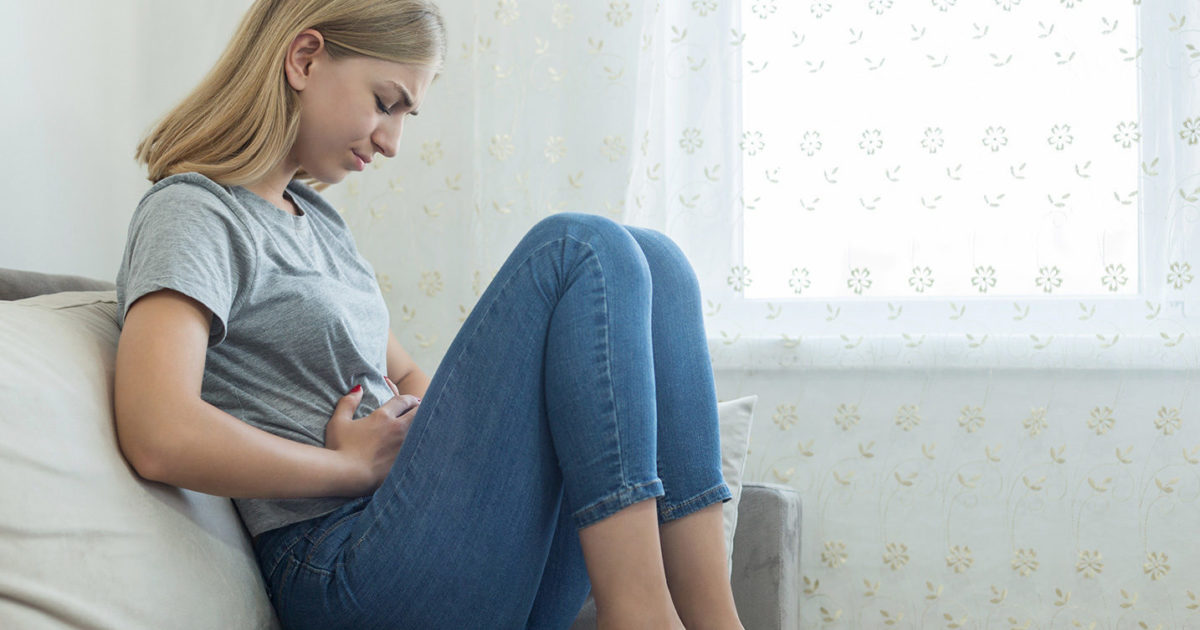Raising Awareness of Endometriosis
The common gynecologic condition often goes undiagnosed, but with increased public understanding this does not have to be the case
Written by: Lauren Feil

While celebrities like Julianne Hough, Lena Dunham, and Padma Lakshmi have recently advanced public awareness of endometriosis by sharing their experiences with the condition, endometriosis is often misdiagnosed and misunderstood.
Endometriosis is quite common, affecting around one in ten women of reproductive age in the United States. However, those suffering from the condition often go undiagnosed for six to ten years after they first begin experiencing symptoms.
The American College of Gynecology describes endometriosis as an “invisible illness,” meaning that undiagnosed women experiencing endometriosis are trying to manage their pain and other internal symptoms on their own without proper treatment or support. This may be because endometriosis can be difficult to diagnose or due to the lack of awareness, resources, and knowledge about the condition.
Providers at Women’s Health, a clinical partnership between UT Health Austin and Ascension Seton, are working to narrow this gap between symptom onset and relief through comprehensive treatment tailored to your needs.
Endometriosis, Defined
In endometriosis, the tissue that normally lines the inside of the uterus grows outside of the uterus, adhering to the walls of the surrounding organs, such as the bladder, intestines, and rectum.
This displaced tissue can cause pelvic pain associated with sex, menstruation, urination, or defecation. Endometriosis pain can be debilitating for many women and may cause long-term issues that can affect both the physical and mental components of quality of life.
Common symptoms of endometriosis include:
- Chronic, long-term pelvic pain
- Painful bowel or bladder symptoms
- Pain with sex
- Infertility
- Long, heavy periods
Many of these symptoms are also associated with other gynecologic conditions, making it important to share your concerns with your doctor to work towards a proper evaluation and diagnosis.
While there is currently no cure for endometriosis, treatment options such as medication and pelvic floor physical therapy can help you manage your pain. In some instances, surgical treatment is most appropriate. At Women’s Health, providers specializing in Pelvic Floor Physical Therapy, Obstetrics and Gynecology, and Minimally Invasive Gynecologic Surgery can work with you to develop an individualized care plan.
Raising Awareness and Sharing Support
Just as the celebrities we idolize are stepping out to share their stories, other women are banding together to fight back against endometriosis pain, doubt, and dismissal. It’s our job to work together to empower those who may be suffering from this condition to share their experiences, to build an arsenal of resources, and to offer guidance to those who may be diagnosed or need help in the future.
For more information about Women’s Health, a clinical partnership between UT Health Austin and Ascension Seton, call 1-833-UT-CARES (1-833-882-2737) or visit here.